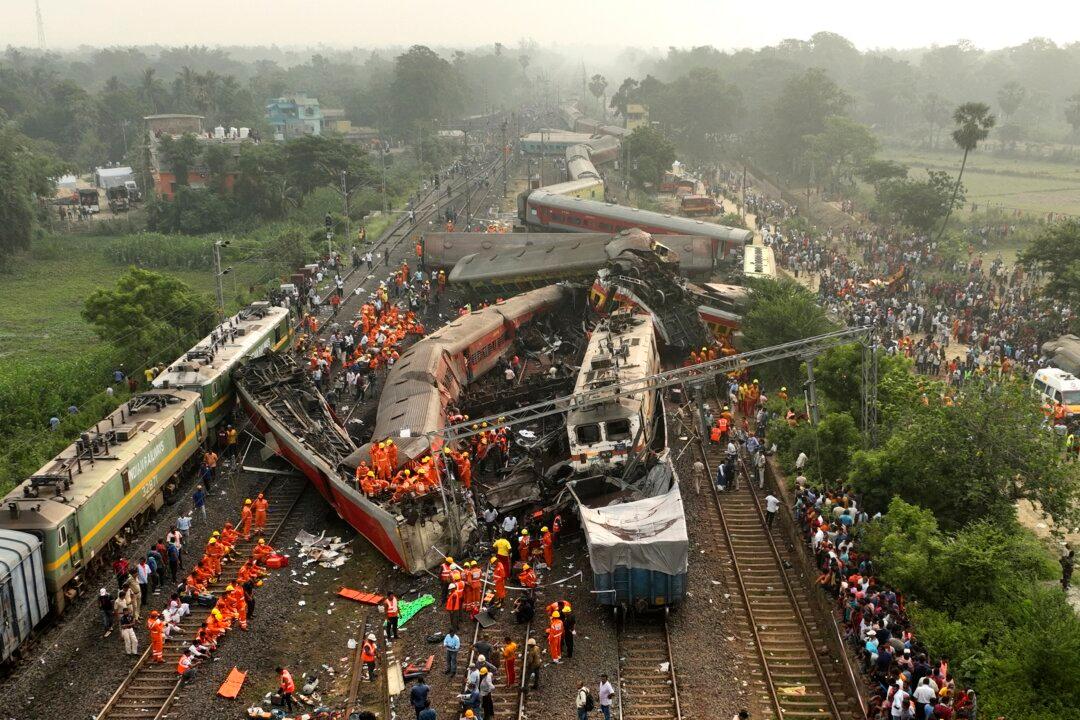NEW DELHI—Over 275 people lost their lives and over 1,000 more were injured in Balasore in Odisha, on the East coast of India, on June 2 In a tragic three-way accident between two passenger trains and a goods train.
The state government said death figures were at 275 while the BBC and some Indian media reported it at 288.





